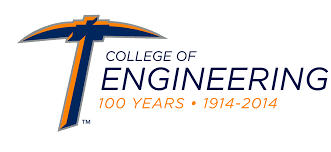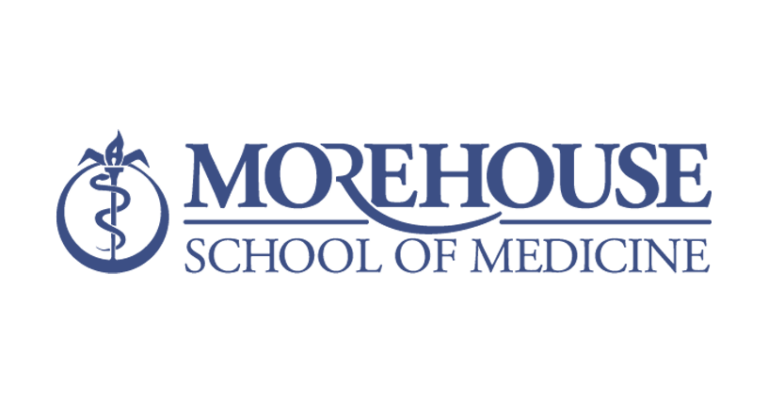Abstract
This project focuses on PM10 prevalent at an air monitoring site adjacent to the Houston Ship Channel and Interstate Highway 610; Clinton Drive. The main goal of this study is to simultaneously measure major/trace metals and microorganism diversity in airborne coarse particulate matter. We will quantify vehicular contributions to PM10 by analyzing aerosols’ elemental composition. Additionally, state-of-the-art next generation sequencing tools and 16S rRNA gene sequencing will be implemented to evaluate airborne microorganism diversity and prevalence in PM10 in the proximity of roadways. Nine PM10 samples were collected from August 10 – August 18, 2018 for analysis. Elemental analysis will be performed using high temperature microwave assisted acid digestion followed by inductively coupled plasma – mass spectrometry (ICP-MS). Next, source apportionment via the chemical mass balance model will be performed to determine the extent to which tailpipe and non-tailpipe emissions including resuspended road dust contribute to ambient PM concentrations. These experiments and modeling will be conducted by Mr. Sourav Das, a doctoral student in the Department of Civil & Environmental Engineering. Separately, Dr. Jothikumar at the Centers for Disease Control and Prevention will implement novel whole genome sequencing to evaluate microorganism diversity. Note that PM10 is targeted to capture fungi. Finally, undergraduate students will review health effects literature relevant to our measurements stressing knowledge gaps. At the successful completion of this project, a novel, high-impact, high quality, “hard science” dataset on exposure of low-income underrepresented minority families to vehicular trace metals and biological aerosols proximal to a busy roadway will be generated.
Research Investigators (PI*)
Shankar Chellam*, Texas A&M University
Project Information
Start Date: September 1, 2019
End Date: August 31, 2020
Status: Active
Grant Number: 69A3551747128
Source Organization: CARTEEH UTC
Project Number: TTI-03-25
RiP URL
UTC Project Information Form
CARTEEH Focus Area(s)
Emissions & Energy Estimation
Sponsor
Office of the Assistant Secretary for Research and Technology
University Transportation Centers Program
Department of Transportation
Washington, DC 20590 United States
Performing Organization
Texas A&M Transportation Institute
Texas A&M University System
1111 RELLIS PARKWAY, Bryan, TX 77807




